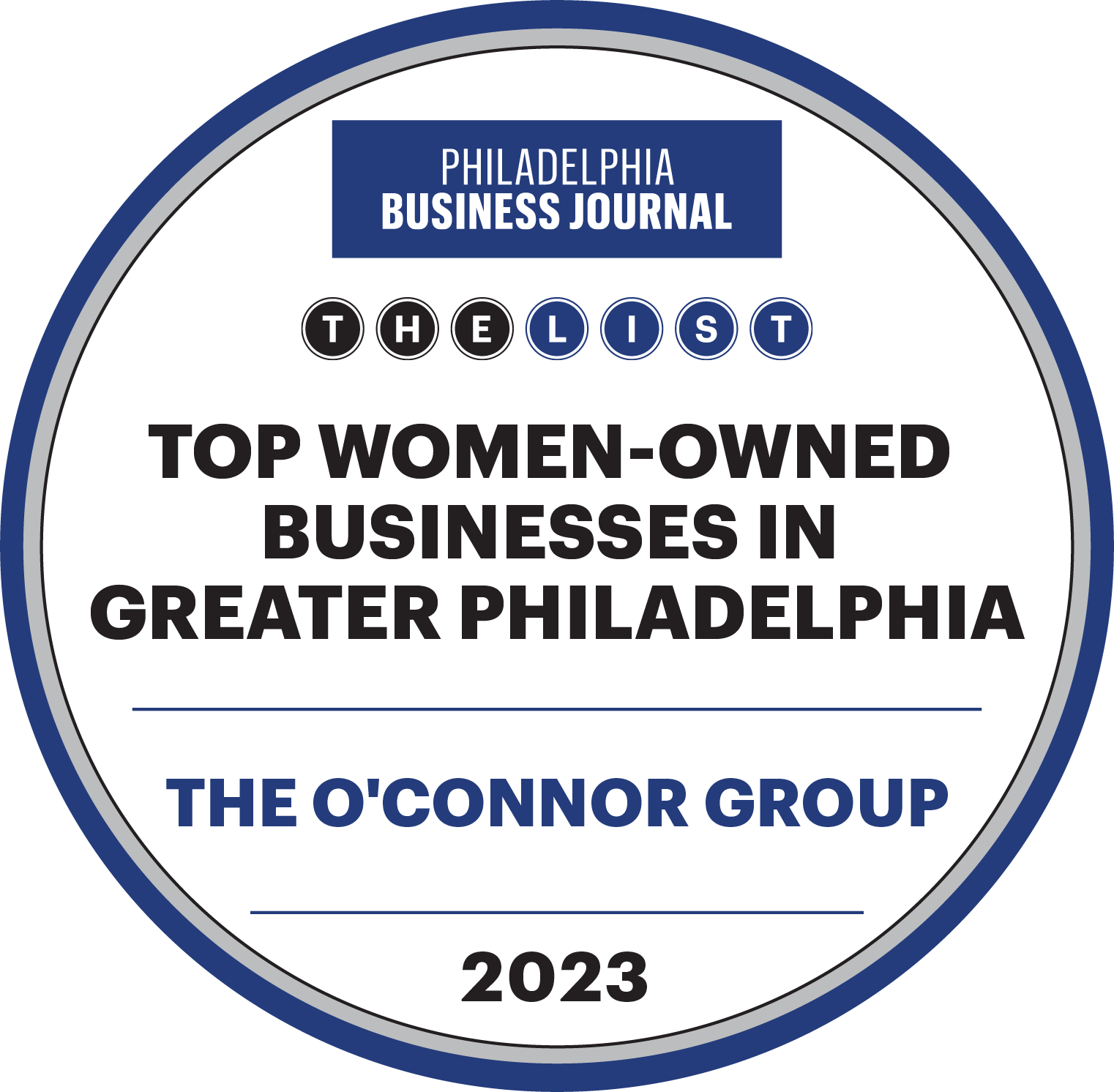Effective Internal Communication in the Changing Workplace
Apr 15th, 2021
“Good communication is the bridge between confusion and clarity”-Nat Turner.
Effective internal communication is essential to the success of any organization. Effective communication builds a resilient company culture and cultivates employee morale. Communication gets more complicated when you add remote work and different time zones into the mix.
When it comes to effective communication, quality is what matters. Effective internal communication does not mean more meetings. The very technology that enables us to do our jobs from almost anywhere, also makes it that much harder to step away. About 40% of hybrid or remote employees say their workdays have become longer in the last 12 months, according to a new Gartner study. Also, current workdays are between two to three hours longer, fueling a phenomenon amid COVID-19 called “always-on fatigue,” said Gartner researcher Alexia Cambon, who wrote the study.
According to such study, among the main issues that lead to more extended workdays at home are digital distractions and virtual overloads, prompting problems with disconnecting. Among the top distractions are unscheduled work-related video meetings, either in a group or one-on-one, that compensate for in-person interactions. The research shows a growing consensus that virtual interactions among employees are “more tiring and stressful” than in person.
Furthermore, inundating, and overwhelming employees with communication volume can backfire. It can create an atmosphere of micromanagement that breaks down trust and employee experience. Managers of remote workers (and remote workers themselves) may have the urge or tendency to “check-in” more often than when employees are insight.
Instead of quantity, focus on quality. To help employees and improve the quality of your overall employee communication strategy, consider the following:
- Designate what tools are used for what communication: between messaging tools (slack, google, teams, etc.), email, text, virtual meetings, calls, etc.; it is difficult for employees (especially newly hired) to determine the best and most effective mode for connecting with colleagues internally. Consider creating an SOP to be added to an employee handbook that outlines what tools are suggested for certain use cases (i.e. virtual meetings with video for anything external facing and team meetings/chat tools for 1:1 communication or reoccurring updates and questions, etc.). Strive for using the most minimally invasive tool while still being effective. Establishing a framework for how to share specific information in designated tools will be key to avoiding employee confusion.
- Create designated “meeting” times or “meeting-free” times: create designated times for employees to share information on a regular basis which does not always have to involve a formal meeting. Consider creating/enhancing a company intranet where information can be stored and referred to on an ongoing basis (information for new hires, important dates, internal newsletters, etc). Maximize project management tools for team-specific updates. Encourage employees to block calendars for actual “work/project work” time. Consider having a “No meeting Monday” (or few hours on a day that works best) where employees can focus without spur of the moment distractions. Consider even encouraging employees to utilize some of the newest time blocking apps to help manage their days.
- · Make meetings matter: When meetings are necessary for internal updates, ensure there is pre-work to make the meeting as efficient as possible. The meeting organizer should ensure an agenda is set and shared prior so attendees can view and prepare accordingly. When possible, consider assigning tasks for pre-work and delegating who is responsible for presenting specific information. Have someone tasked with setting a follow up communication that recaps the meeting and includes action specific information. Also, consider recording virtual meetings to ensure employees who missed the meeting can view it at a later time without having to schedule another meeting.
- Create space for relationship building. Set aside time at the beginning of team meetings or in other formats for team members to share non-work-related interactions. Use these moments to build bonds with each other. Maybe you have a dedicated chat channel (slack, google meet, etc.) for following a tv show or sharing pictures of dogs. Find digital ways to foster engagement and sharing. As ironic as it may sound, plan space for unplanned communication.
- Create opportunities for cross-functional communication. If departmental silos were already a concern pre-pandemic, now more than ever, teams are working in small bubbles with a select few individuals on a regular basis. Consider starting a lunch and learn series where employees are encouraged to “order lunch” (company can send gift cards for a food delivery service) and employees can share and/or lead topics of discussions related to their designated areas. Employees will not only be expanding their knowledge set but will be able to connect with colleagues across teams they may not have otherwise interacted with. Mentor programs for new hires, company run TED talks, or a monthly Town Hall with Q&A are other ways in which employees can be exposed to the larger group without having to be physically introduced.
Prior to a largely remote workforce, employees were able to freely ask one off questions, catch up with another, share best practices and enjoy lunch. Now more than ever, it is important to understand the varying levels of distractions employees are navigating daily and ensure your communication practices are streamlined, efficient, and effective.







